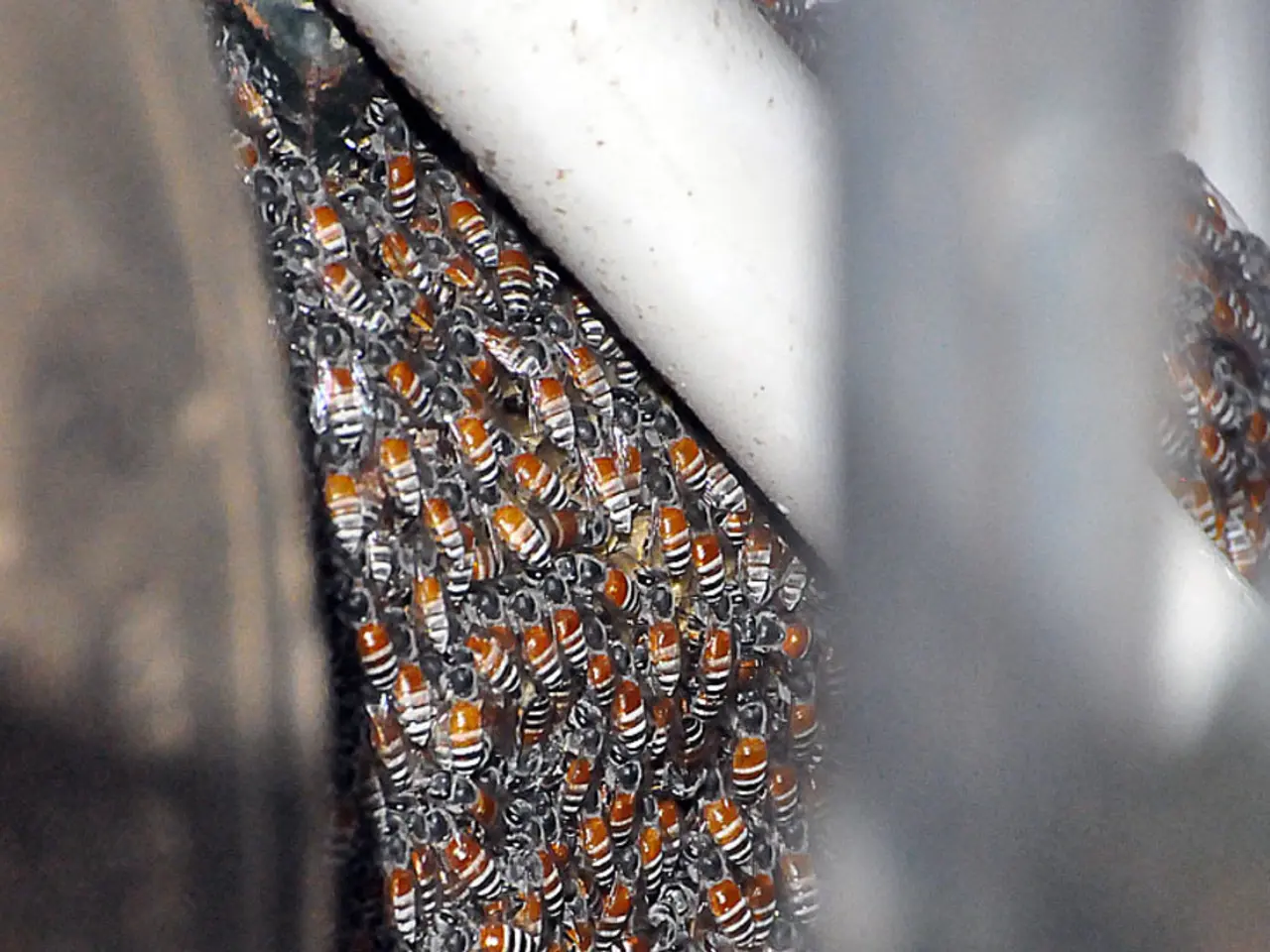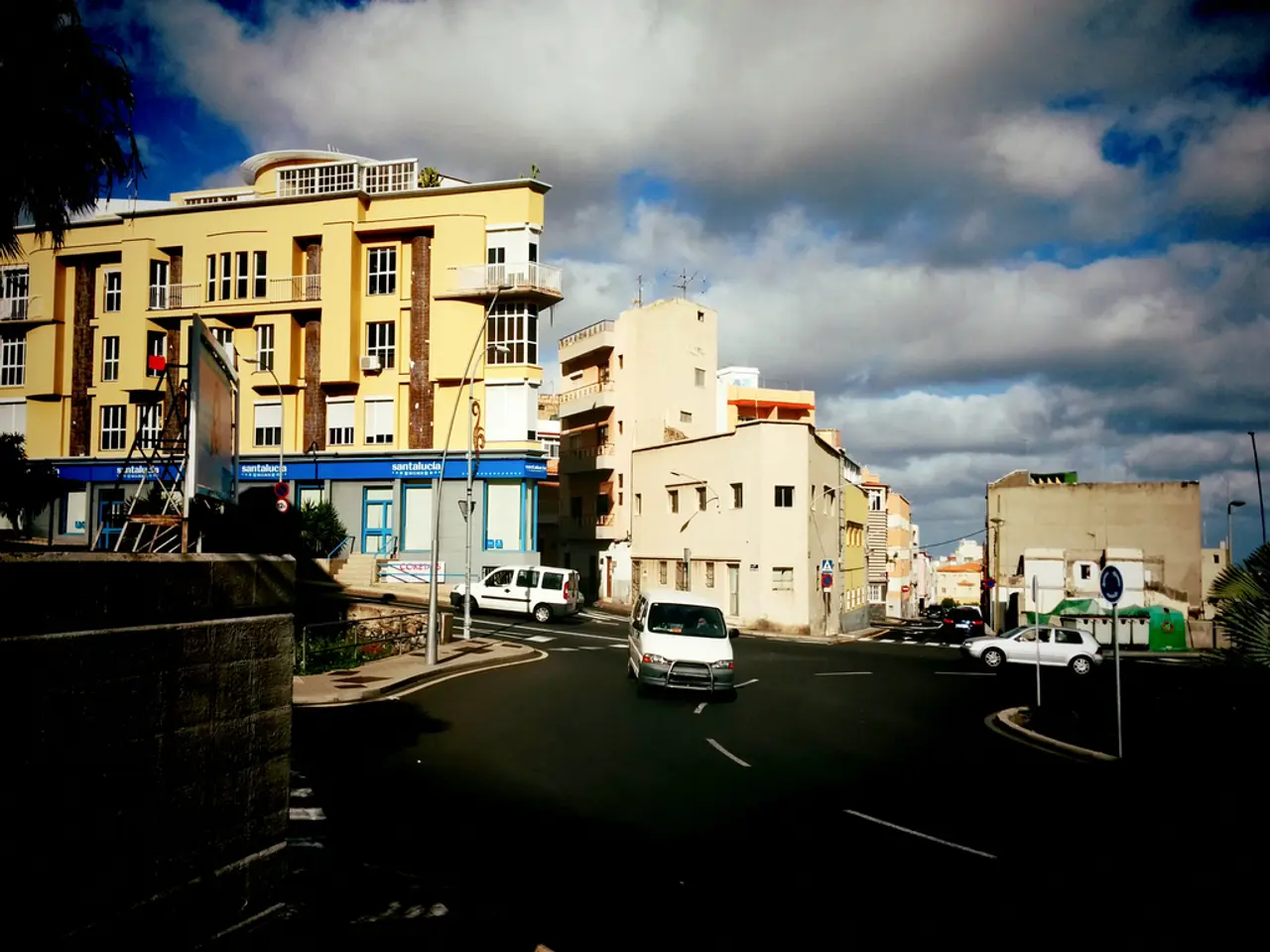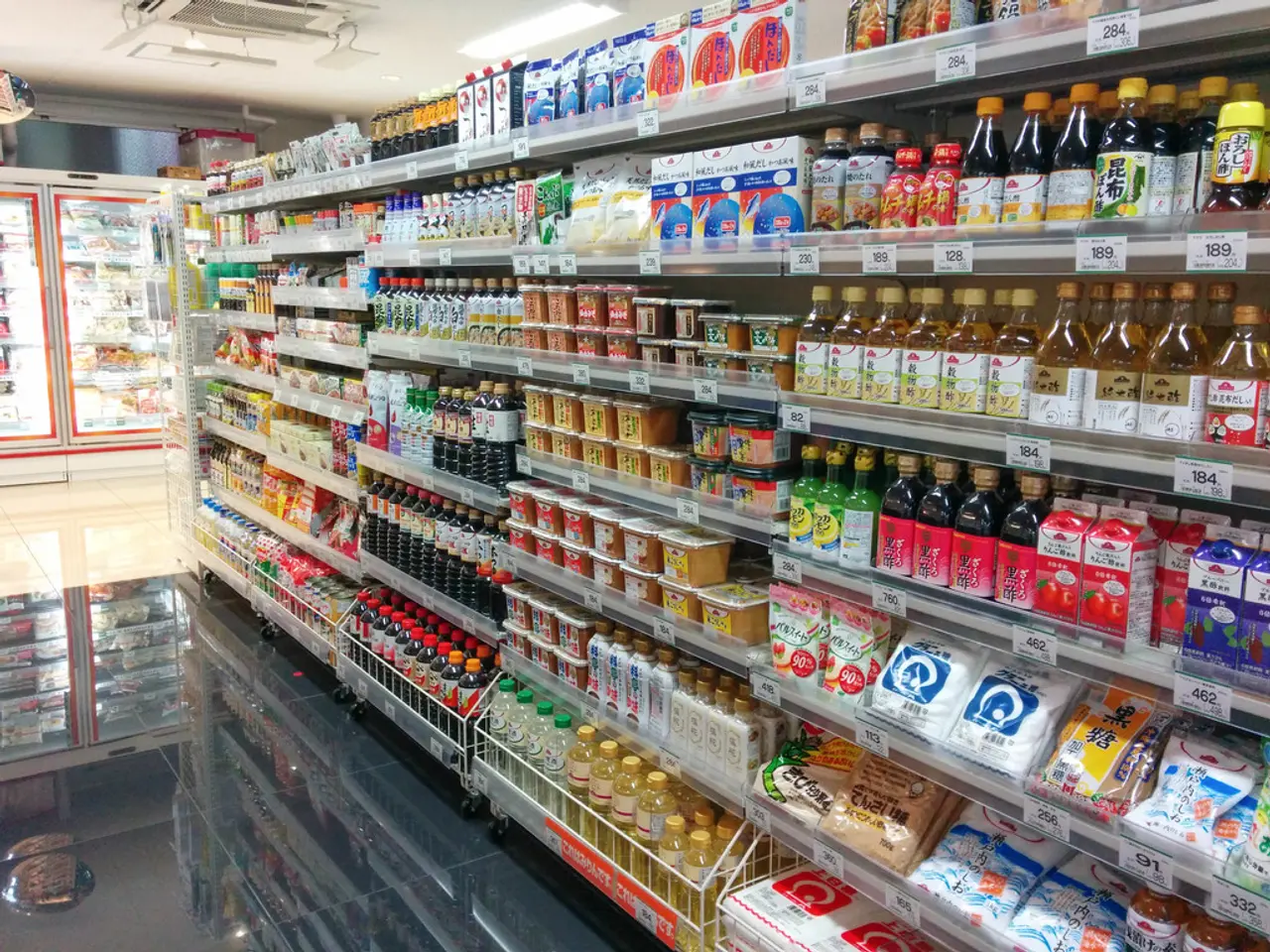Blooming Haven: A Sanctuary Transforming into a Bee-Friendly Oasis
Transforming Your Balcony into a Wild Bee Paradise
Wild bees, often overlooked, play a crucial role in pollination and can be easily attracted to urban spaces, such as balconies. Here's how you can create a haven for these valuable pollinators.
Firstly, wild bees live alone and don't have a queen. Unlike their honeybee counterparts, they have a soft stinger that can't penetrate human skin and are exceptionally docile. This makes them ideal neighbours for your balcony garden.
To attract wild bees, consider planting a variety of flowering species that provide nectar and pollen throughout the growing season and suit container growing. Some key plants to consider are Black-Eyed Susan (Rudbeckia), Coreopsis (Tickseed), Sweet Alyssum, Perennial Salvia, Lavender, Echinacea (Coneflower), Butterfly Milkweed (Asclepias tuberosa), Wild Marjoram, and Ivy.
Black-Eyed Susan and Coreopsis are rich in nectar and pollen, attracting various pollinators. Sweet Alyssum is a low-growing annual ideal for window boxes or hanging baskets, while Perennial Salvia offers violet, pink, or white flower spikes that attract a variety of bees. Lavender, Echinacea, and Butterfly Milkweed provide abundant nectar and are suitable for container gardens. Wild Marjoram produces pink flowers favoured by bees and butterflies, and Ivy blooms late and is a good nectar source for bees, especially in autumn.
To ensure continuous blooms across seasons, include a mix of plants in your balcony garden. Select plants with different flower shapes and colours, including some white blooms to attract nocturnal pollinators like moths. Remember to choose plants that tolerate container conditions, sun exposure, and your local climate zone.
In addition to providing food resources, these plants offer shelter, making your balcony a true wild bee paradise. With a bit of planning and the right plant choices, you can help wild bees quench their thirst in summer and thrive in urban environments.
It's important to note that Geraniums and ornamental plants without nutritional value should be avoided for attracting wild bees. Also, a balcony can be suitable for a nesting site with additional protection from birds.
In Germany, there are over 600 different wild bee species, including wall, masonry, leafcutter bees, and various bumblebee species. However, the wild honeybee is rare in Germany. Kaczmarek, a bee expert, can identify many bee species by their buzzing.
By creating a wild bee paradise on your balcony, you're not only contributing to the local ecosystem but also enjoying the beauty of these fascinating creatures up close. Happy gardening!
Transforming your balcony into a wild bee paradise involves selecting flowering plants that provide nectar and pollen, such as Black-Eyed Susan, Coreopsis, Sweet Alyssum, Perennial Salvia, Lavender, Echinacea, Butterfly Milkweed, Wild Marjoram, and Ivy.
For a thriving wild bee habitat, ensure your balcony garden includes plants with different flower shapes and colors, including some white blooms to attract nocturnal pollinators like moths.




